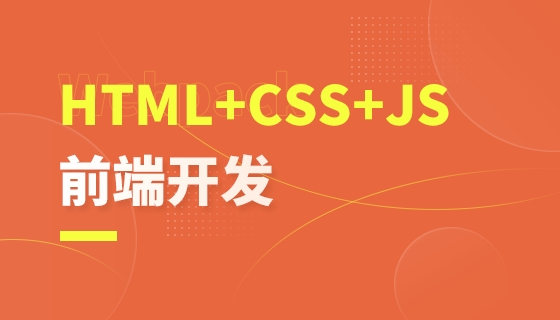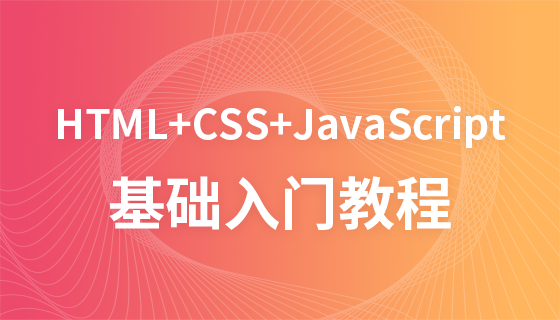
本文旨在解决在Go语言中,当结构体内部包含列表,且列表元素为结构体自身类型时,访问列表元素属性时遇到的类型断言错误。通过具体示例,详细解释了错误原因以及如何使用类型断言来正确访问结构体内部列表元素。
在Go语言中,当你在结构体内部使用 list.List 存储特定类型的元素时,从列表中取出的元素类型会被推断为 interface{}。 这意味着你需要进行类型断言才能访问其具体类型的属性和方法。 本文将通过一个实际的例子,解释如何解决这个问题。
假设我们有如下的 Node 结构体,它包含一个 list.List 类型的 childern 字段,用于存储 Node 类型的子节点:
package main
import (
"container/list"
"fmt"
)
type Node struct {
key string
value string
isword bool
childern *list.List
}
func (n *Node) Init() *Node {
n.isword = false
n.childern = list.New()
return n
}
func New() *Node {
return new(Node).Init()
}
func MatchCount(s1, s2 string) int {
count := 0
minLen := len(s1)
if len(s2) < minLen {
minLen = len(s2)
}
for i := 0; i < minLen; i++ {
if s1[i] == s2[i] {
count++
} else {
break
}
}
return count
}
func countMatchingChars(key string, node *Node) (int, *Node) {
for e := node.childern.Front(); e != nil; e = e.Next() {
// 错误示例:直接访问 e.Value.key 会导致编译错误
// if c := MatchCount(e.Value.key, key); c > 0 {
// return c, e.Value
// }
fmt.Printf("Type of e.Value: %T\n", e.Value) // 打印 e.Value 的类型
}
return 0, nil
}
func main() {
root := New()
child1 := New()
child1.key = "hello"
child1.value = "world"
root.childern.PushBack(child1)
countMatchingChars("hell", root)
}在 countMatchingChars 函数中,我们尝试遍历 node.childern 列表,并访问每个子节点的 key 属性。 然而,这段代码会产生以下编译错误:
立即学习“go语言免费学习笔记(深入)”;
./main.go:48:29: e.Value.key undefined (type interface{} has no field or method key)错误提示表明 e.Value 的类型是 interface{},而 interface{} 类型没有 key 字段。 这是因为 list.List 存储的是 interface{} 类型的元素,我们需要将其转换为 Node 类型才能访问其属性。
解决这个问题的关键是使用类型断言。 类型断言可以将一个接口类型的值转换为其底层类型。 在本例中,我们需要将 e.Value 转换为 *Node 类型。
修改后的 countMatchingChars 函数如下:
func countMatchingChars(key string, node *Node) (int, *Node) {
for e := node.childern.Front(); e != nil; e = e.Next() {
// 使用类型断言将 e.Value 转换为 *Node 类型
if n, ok := e.Value.(*Node); ok {
if c := MatchCount(n.key, key); c > 0 {
return c, n
}
} else {
fmt.Println("类型断言失败")
}
}
return 0, nil
}在这个版本中,我们使用了 e.Value.(*Node) 进行类型断言。 ok 是一个布尔值,表示类型断言是否成功。 如果 ok 为 true,则表示 e.Value 确实是 *Node 类型,我们可以安全地访问 n.key。 如果 ok 为 false,则表示类型断言失败,我们需要进行错误处理。
以下是完整的可运行代码:
package main
import (
"container/list"
"fmt"
)
type Node struct {
key string
value string
isword bool
childern *list.List
}
func (n *Node) Init() *Node {
n.isword = false
n.childern = list.New()
return n
}
func New() *Node {
return new(Node).Init()
}
func MatchCount(s1, s2 string) int {
count := 0
minLen := len(s1)
if len(s2) < minLen {
minLen = len(s2)
}
for i := 0; i < minLen; i++ {
if s1[i] == s2[i] {
count++
} else {
break
}
}
return count
}
func countMatchingChars(key string, node *Node) (int, *Node) {
for e := node.childern.Front(); e != nil; e = e.Next() {
// 使用类型断言将 e.Value 转换为 *Node 类型
if n, ok := e.Value.(*Node); ok {
if c := MatchCount(n.key, key); c > 0 {
return c, n
}
} else {
fmt.Println("类型断言失败")
}
}
return 0, nil
}
func main() {
root := New()
child1 := New()
child1.key = "hello"
child1.value = "world"
root.childern.PushBack(child1)
c, n := countMatchingChars("hell", root)
fmt.Printf("Matching chars: %d, Node key: %s\n", c, n.key)
}当你在Go语言中使用 list.List 存储特定类型的元素时,需要记住从列表中取出的元素类型是 interface{}。 你需要使用类型断言将其转换为具体类型才能访问其属性和方法。 类型断言的语法是 value.(Type),其中 value 是要转换的接口值,Type 是要转换的目标类型。 为了安全起见,建议使用 value.(Type, ok) 的形式,并检查 ok 的值,以确保类型断言成功。
此外,在Go 1.18及更高版本中,可以使用泛型来避免类型断言。例如,你可以创建一个 List[T] 类型,其中 T 是你想要存储的元素的类型。这样,从列表中取出的元素将直接是 T 类型,而不需要进行类型断言。
以上就是Go语言中结构体内部列表的类型断言问题及解决方案的详细内容,更多请关注php中文网其它相关文章!

每个人都需要一台速度更快、更稳定的 PC。随着时间的推移,垃圾文件、旧注册表数据和不必要的后台进程会占用资源并降低性能。幸运的是,许多工具可以让 Windows 保持平稳运行。




Copyright 2014-2025 https://www.php.cn/ All Rights Reserved | php.cn | 湘ICP备2023035733号